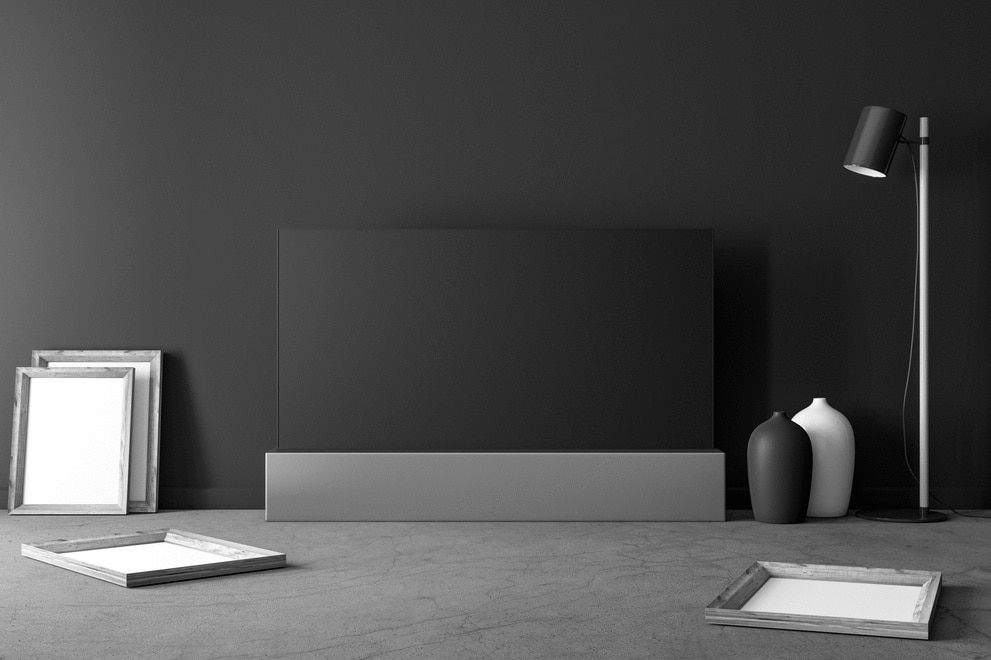News & Insight

Design economics: maximising value through IP designs registration
The designs economy contributes around £86bn in gross value added to the UK (around 7% of UK GVA).
The designs industries employ around 1.7m people and are consistently expanding.
As the UK Government recognises, the competitiveness of the design industries and their players depends upon strong intellectual property protection for designs both in the UK and abroad.
Importantly, Brexit is viewed as an opportunity to extend, bolster and simplify the UK’s design rights regime and enforcement.
Whereas the UK’s designs laws needed for many years to mirror those mandated by the EU the UK is now free to diverge for the benefit of the UK design economy.
At present the intellectual property protection for designs is complicated.
Designs can be protected by one or more of three types of unregistered rights:
- Supplementary unregistered design right: This lasts for three years from publication in the UK and subsists in the 2D or 3D appearance of a product.
- Unregistered design right: This protects the design of the internal or external shape or configuration of the whole or part of a product but not surface decoration. It lasts for 15 years from when the design was first recorded in a design document or 10 years from first marketing. It is only available to qualifying designer/employer residents (UK nationals and nationals of a limited number of recognised territories).
- Copyright which subsists in artistic works for the life of the designer + 70 years. The law is unclear as to how far designers of functional items, e.g., furniture, can control 3D reproduction of their designs.
Although all these unregistered rights arise automatically on creation and/or publication, drawbacks of reliance include necessities to prove: (a) subsistence, qualification and ownership on every enforcement occasion; and (b) copying by the defendant – independent design forming a complete defence.
By far the optimum intellectual property protection for designs is through formal registration which lasts for up to 25 years.
Registration is available for designs that constitute the appearance of products and are new and possessed of individual character.
As matters stand, achieving registration is quick and cost effective because there is no substantive examination for the validity of a registered design by the UKIPO. Multiple designs can be applied for together provided that they are for the same class of product.
Exclusive rights acquired through registration are absolute in that the Register constitutes proof of ownership, and there is no requirement for a claimant to show copying on infringement.
Registration conveys a powerful warning to competitors not to trespass on the Registered Design Proprietor’s rights.
The EU has a similar system of unregistered and registered designs rights protection harmonised and enforceable throughout the 27 Member States. The position of copyright depends on Member States’ national laws which can be variable.
Wider afield, the UK is a member of the Hague System for the International Registration of Designs through which designs registrations can be obtained in a number of member territories by making a single application at the World Intellectual Property Organisation. This can result in significant administration, time and costs savings.
In line with its post-Brexit policy of increasing competitiveness, the UK Government is engaged in a review of the UK’s designs laws.
Mooted proposals include extending/clarifying the definition of protectable designs to include new technologies like 4D products of 3D printing and better to cater for the digital environment, second stage substantive examination by the UKIPO to aid enforcement of registered designs and maintaining a suitable divide between copyright and design right for fine art and functional designs.
Humphreys Law are specialists in prosecuting and enforcing/defending designs, whether through unregistered and/or registered designs rights and/or copyright.
Our team guides our clients in putting in place timely and cost-effective designs registrations in the UK, EU and worldwide.
If you have any queries with respect to any of the matters raised above, then please do contact the author, Tristan Morse.
All the thoughts and commentary that HLaw publishes on this website, including those set out above, are subject to the terms and conditions of use of this website. None of the above constitutes legal advice. Much of the above will no doubt fall out of date and conflict with future law and practice one day. None of the above should be relied upon. Always seek your own independent professional advice.
Humphreys Law

If you would like to contact a member of our team, please get in touch by filling in the form below.
"*" indicates required fields
Humphreys Law